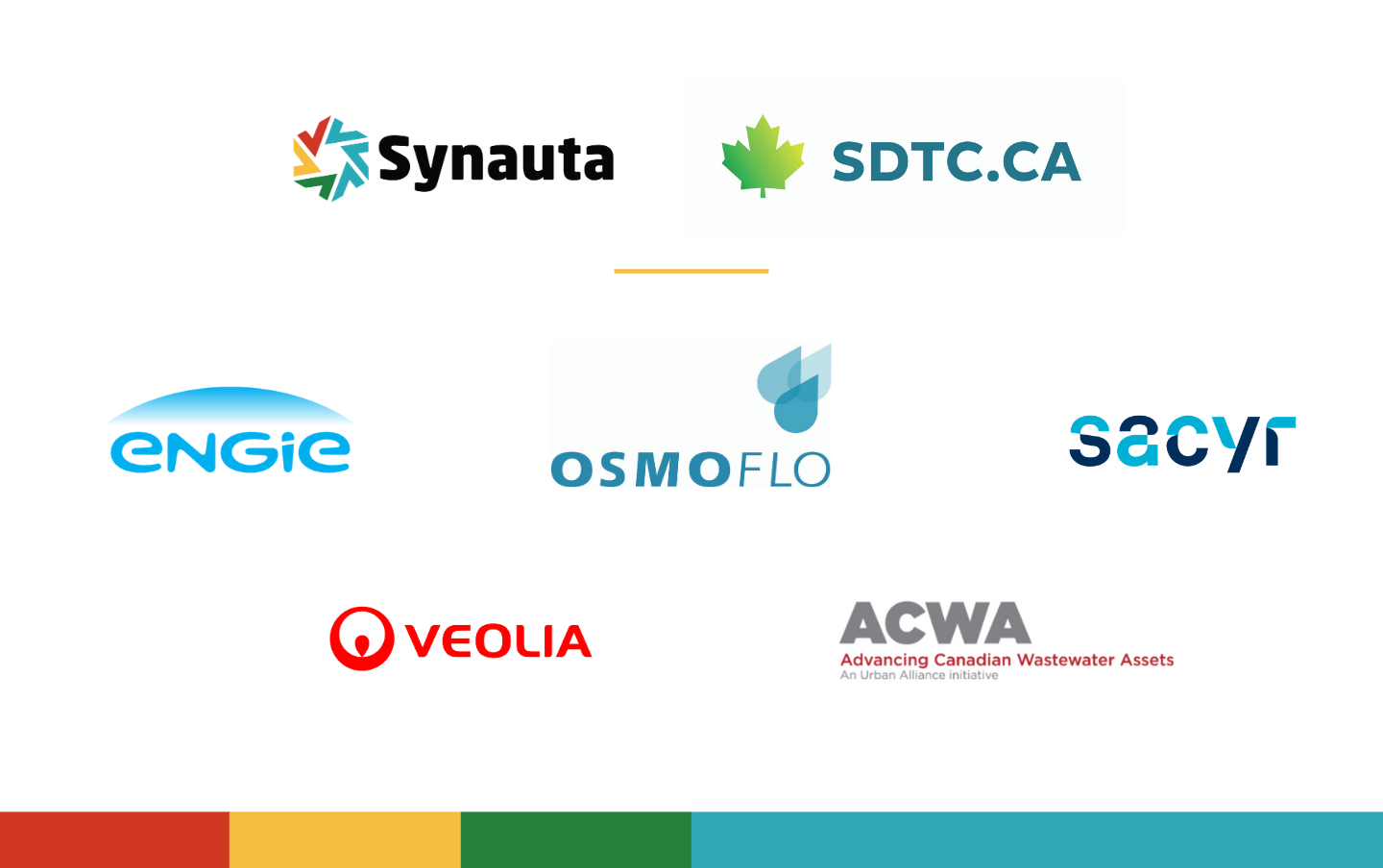Synauta announces desalination innovators reducing CO2e by optimizing Reverse Osmosis
Synauta is proud to announce ENGIE Middle East, South and Central Asia, Turkey and Africa, Osmoflo, Sacyr Water, and Veolia Australia as key desalination partners working to optimize energy and chemical use in RO using machine learning.
The partnerships, many in place for more than 12 months now, were formed through Synauta’s successful Sustainable Development Technologies Canada (SDTC) project. SDTC helps Canadian companies develop and deploy competitive, clean technology solutions, to help solve some of the world’s most pressing environmental challenges: climate change, clean air, clean water and clean soil.
In the Middle East, ENGIE has been robustly testing and iterating closely with Synauta at a large SWRO plant.
“Engie is accelerating our transition towards a carbon-neutral economy, including sustainable desalination solutions. Leveraging machine learning algorithms for large SWRO to reduce energy use, while meeting KPIs, is an exciting part of this strategy,” Pascal Renaud, Chief Operating Officer, ENGIE Middle East, South and Central Asia, Turkey and Africa commented.
Osmoflo, which released a case study with Synauta late last year showing 9.7% energy savings at a 4,000m3/day plant over six months, continues to apply Synauta’s energy and chemical optimization solutions across sites in Australia.
“Integrating Synauta’s optimization algorithms with Osmoflo’s proprietary remote operating technology, PlantConnect, means the future is here. Together we have found new ways to make the most out of the mountains of data we have on our plants, with bottom line benefits,” Neil Palmer, CTO, Osmoflo.
In Spain, Sacyr Water has deployed to one Seawater RO plant, with multiple plants identified for machine learning optimization.
“We have seen the potential of this project from the beginning, and it is exciting to work with an industry-led software solution for desalination. Operators are applying recommended set points to increase RO efficiency, with machine learning able to deliver multitrain results, which is not possible by human calculation,” Dr. Domingo Zarzo, Technology and Innovation Manager, Sacyr Water.
Veolia Australia and New Zealand joined the SDTC consortium as an opportunity to save energy for their clients at seawater reverse osmosis plants in the region.
“With energy being such a major component of our operational costs, the optimization of RO represents a critical efficiency project for our Australian desalination operations,” said Scott Murphy, Operational Excellence, Veolia Australia and New Zealand.
Advancing Canadian Wastewater Assets (ACWA) is a facility and research hub that supports R&D, de-risking and piloting of leading-edge wastewater treatment technologies. ACWA is also an SDTC partner working with Synauta on chemical cleaning optimizations at a testing facility in Canada.
“Our key partners are committed to delivering efficiencies as plant owners or operators. Even in the face of the global pandemic their teams have remained dedicated to testing a new technology, it’s inspiring for all of us,” said Mike Dixon, CEO, Synauta.
Synauta’s products are realistically projected to save 12 million tonnes of CO2e every year in global industries using desalination (GHD Report 2020), which is the equivalent of saving emissions from 2.5 million homes’ electricity use each year.
CO2e (CO2 equivalent) is a measure to compare emissions from various greenhouse gases, based on their global warming potential, by converting the other gases to the equivalent amount of CO2. Another way to look at it: if different gases were currencies, CO2e would be the result of converting different currencies into USD.

